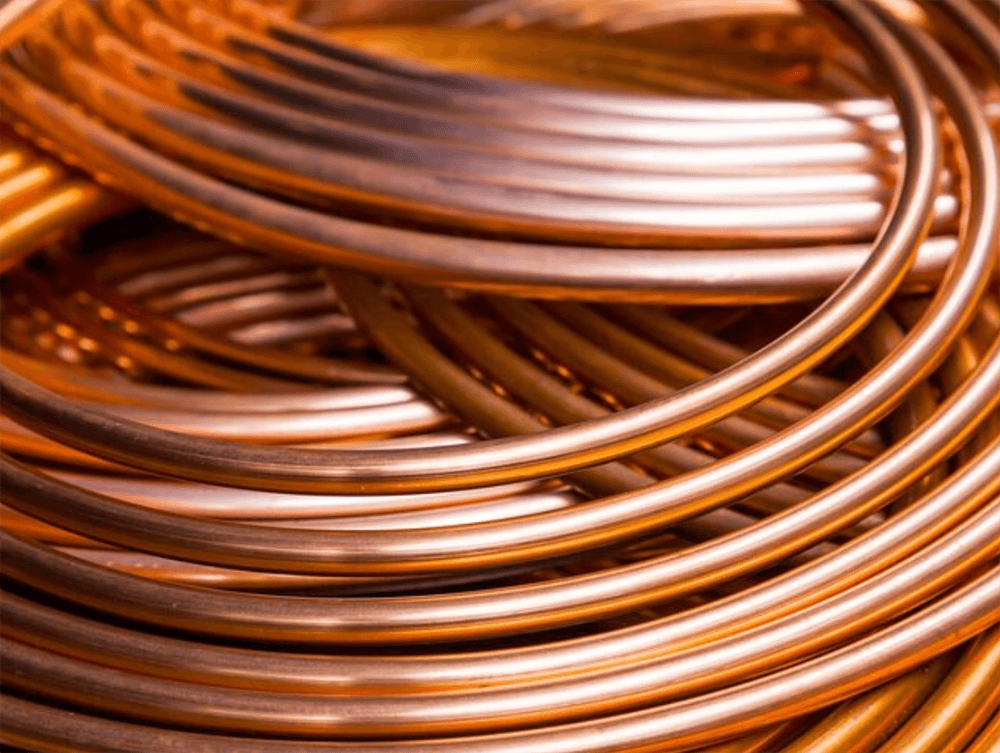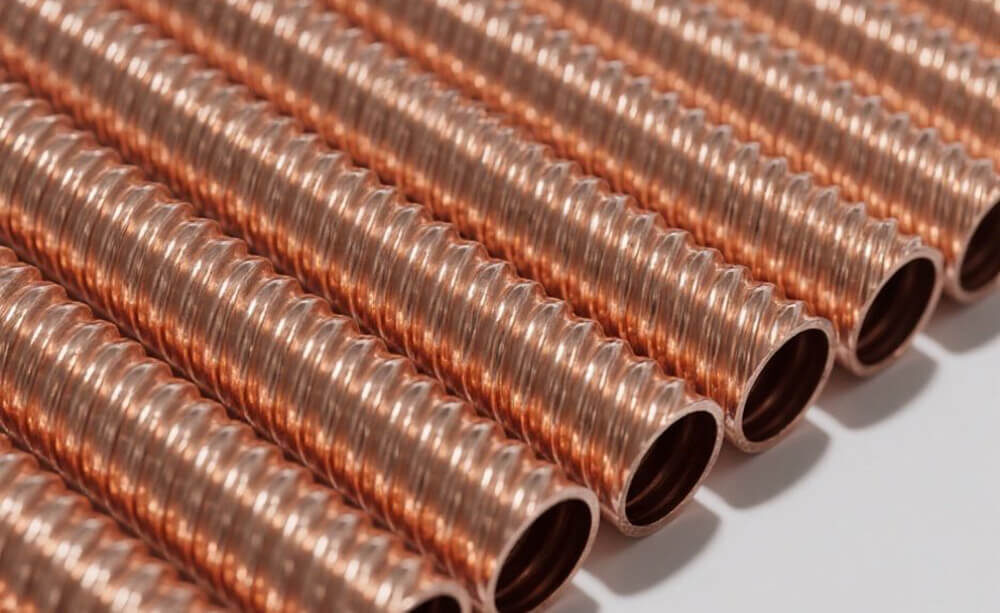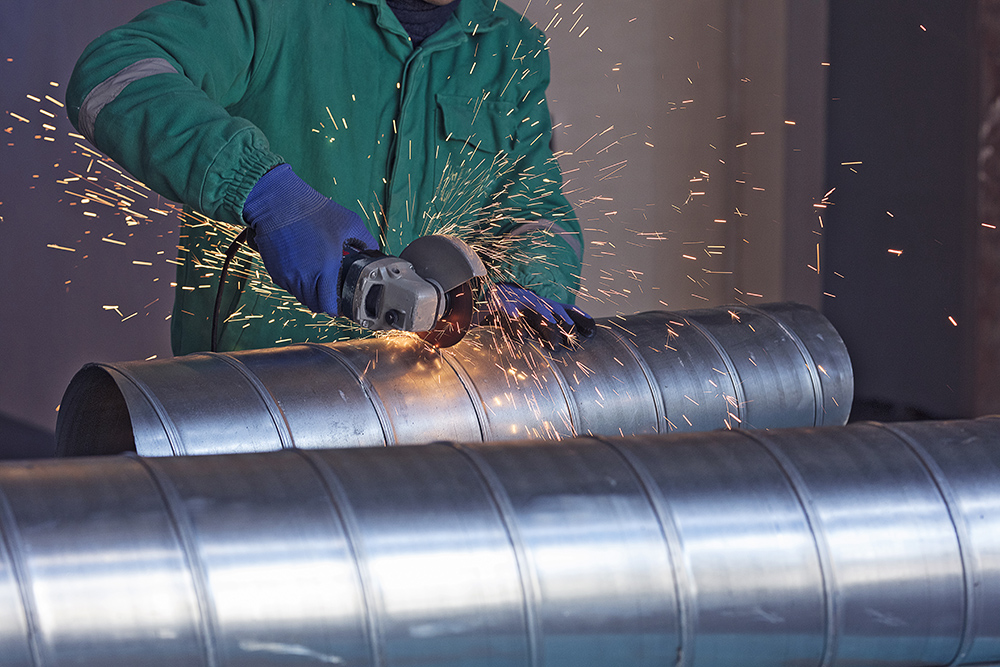Greenhouse systems represent a vital approach to modern agriculture, enabling controlled environments that optimize crop growth and yield, irrespective of external climatic conditions. Among the critical factors influencing plant health and productivity within these enclosed spaces, humidity management stands paramount. Achieving the ideal balance of moisture is essential to prevent fungal diseases, optimize transpiration rates, and ultimately maximize crop quality. While various technologies contribute to climate control in greenhouses, finned tube systems are emerging as a versatile solution, adept at both heating and, crucially, dehumidification. This article explores the dual role of finned tubes in greenhouse systems, highlighting their efficiency, adaptability, and the advantages they offer for contemporary agriculture.
Comparing Greenhouse Heating Systems: Finned Tubes vs. Traditional Methods – Efficiency, Cost and Crop Yield Impact
Historically, greenhouses have relied on diverse heating methods, including forced air heaters, radiant heaters, and underfloor heating. While each has its merits, finned tube systems present a compelling alternative with distinct advantages.
Efficiency: Finned tubes, by design, maximize heat transfer surface area, allowing for efficient heating of the greenhouse environment using hot water or steam. This often translates to lower energy consumption compared to forced air systems that can suffer from stratification and less uniform heat distribution.
Cost: The initial investment for a finned tube system can vary, but their durability and lower operational costs often lead to a favorable long-term economic profile. Reduced energy bills and minimal maintenance contribute to this cost-effectiveness.
Crop Yield Impact: The gentle, radiant heat emitted by finned tubes promotes more uniform temperature distribution, minimizing stress on plants and creating an optimal growing environment. This consistent climate can positively impact crop yield and quality compared to systems that create hot spots or significant temperature fluctuations.
Compared to traditional methods, finned tubes offer a blend of energy efficiency, potentially lower long-term costs, and a more conducive environment for plant growth.
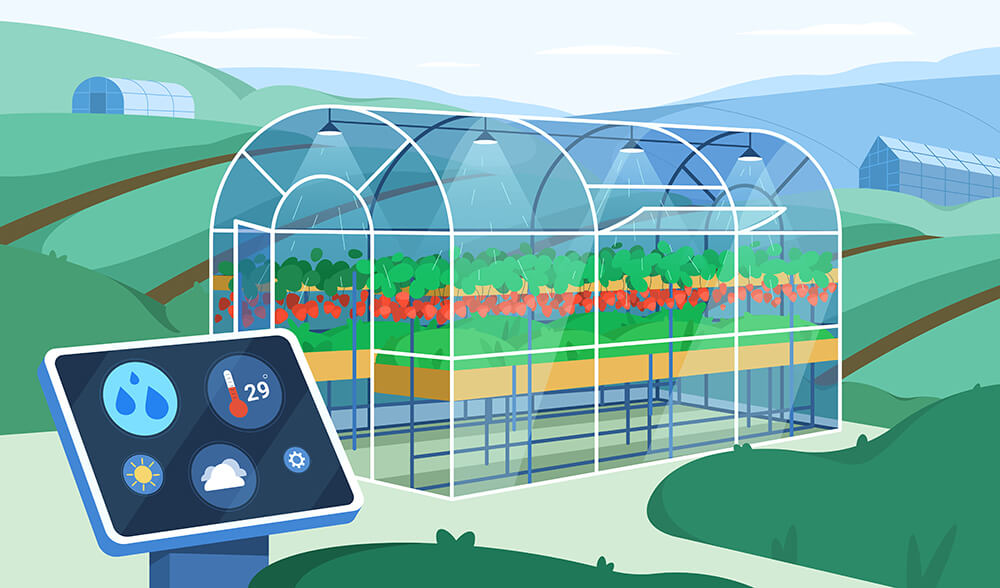
Temperature Stability in Extreme Climate Conditions: How Specialized Finned Tube Systems Protect High-Value Crops
Maintaining stable temperatures within a greenhouse is crucial, especially when facing extreme external climate conditions. Whether it’s the biting cold of winter or the scorching heat of summer, fluctuations can stress plants, hinder growth, and even lead to crop loss, particularly for high-value cultivations.
Specialized finned tube systems are designed to address these challenges. By circulating heated or chilled water through the fins, they can effectively and responsively regulate the internal temperature. Their ability to provide consistent and distributed heating or cooling minimizes temperature gradients, creating a buffer against external extremes. This stability is vital for delicate or high-value crops that are particularly sensitive to environmental changes, ensuring optimal growth and protecting the investment.
Integrating Finned Tube Systems with Smart Agriculture: Automated Climate Control for Precision Farming
The synergy between finned tube systems and smart agriculture technologies is unlocking new levels of precision in greenhouse climate control. Integrating sensors that monitor temperature and humidity with automated control systems allows for dynamic adjustments to the flow of heating or cooling fluid through the
finned tubes.
This automated climate control, a cornerstone of precision farming, ensures that the greenhouse environment is continuously optimized based on real-time data and pre-set parameters for specific crops. The result is enhanced energy efficiency, reduced manual intervention, and a more precisely tailored growing environment that can lead to improved crop yields and resource utilization. Finned tubes, with their responsiveness and efficient heat exchange, are an ideal component in these intelligent agricultural systems.
Material Selection Guide for Greenhouse Finned Tubes: Balancing Corrosion Resistance, Heat Transfer and Budget
The longevity and performance of finned tube systems in greenhouses are significantly influenced by the materials chosen for their construction. Given the often humid environment, corrosion resistance is a critical factor. However, heat transfer efficiency and budget considerations also play vital roles in the selection process.
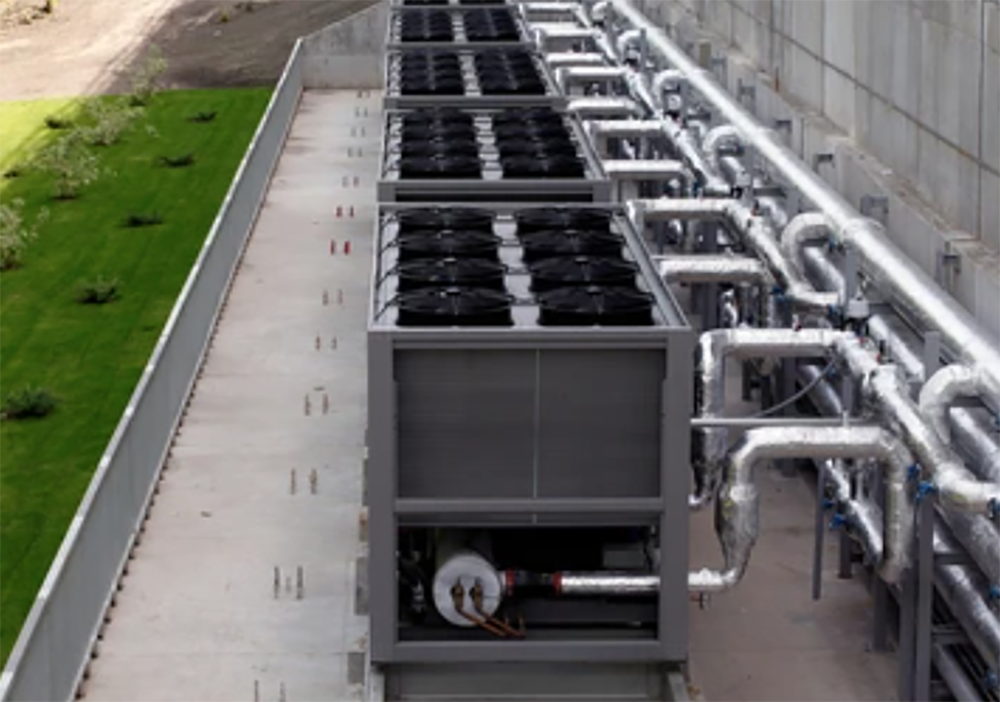
Corrosion Resistance: Materials like aluminum, certain grades of stainless steel, and copper-nickel alloys offer varying degrees of resistance to the humid conditions and potential chemical exposure within a greenhouse. Coatings can also enhance the corrosion resistance of more cost-effective base materials.
Heat Transfer: Copper boasts excellent thermal conductivity, making it highly efficient for heat exchange. Aluminum also offers good thermal performance at a lighter weight and potentially lower cost. Steel, while strong, has lower thermal conductivity.
Budget: The cost of different materials varies significantly. A balance must be struck between the desired performance characteristics and the overall project budget.
A comprehensive material selection guide would weigh these factors, providing recommendations based on the specific needs and environmental conditions of the greenhouse.
Energy-Efficient Greenhouse Design: Optimizing Finned Tube Placement for Maximum Heat Distribution
The effectiveness of a finned tube heating (and dehumidification) system is not solely determined by the materials used but also by its design and implementation within the greenhouse. Optimizing the placement of the finned tubes is crucial for achieving maximum heat distribution and energy efficiency.
Strategic placement along the perimeter walls can help to counteract heat loss and create a more uniform temperature profile. Overhead placement, in some configurations, can also aid in distributing heat evenly. The layout should consider the specific crop being grown, the airflow patterns within the greenhouse, and the overall design of the structure to ensure that heat is delivered where it is most needed, minimizing energy waste and creating a consistent growing environment.
In conclusion, finned tube systems offer a compelling and versatile solution for humidity and temperature management in greenhouse environments. Their efficiency, adaptability to smart agriculture technologies, and potential for both heating and dehumidification make them a valuable asset for modern growers.
Our company possesses profound expertise and 40 years of experience in the field of finned tubes, uniquely positioning us to address the diverse information needs of customers navigating the selection process for greenhouse heating solutions. Whether you require a basic understanding of the technology, a detailed technical evaluation, or guidance on material selection and system design, we are here to assist. Contact us today to explore how our knowledge and customized solutions can optimize your greenhouse environment and enhance your agricultural success.
[1]Explore this link to understand how finned tube systems enhance temperature control in agriculture, ensuring optimal crop growth.


